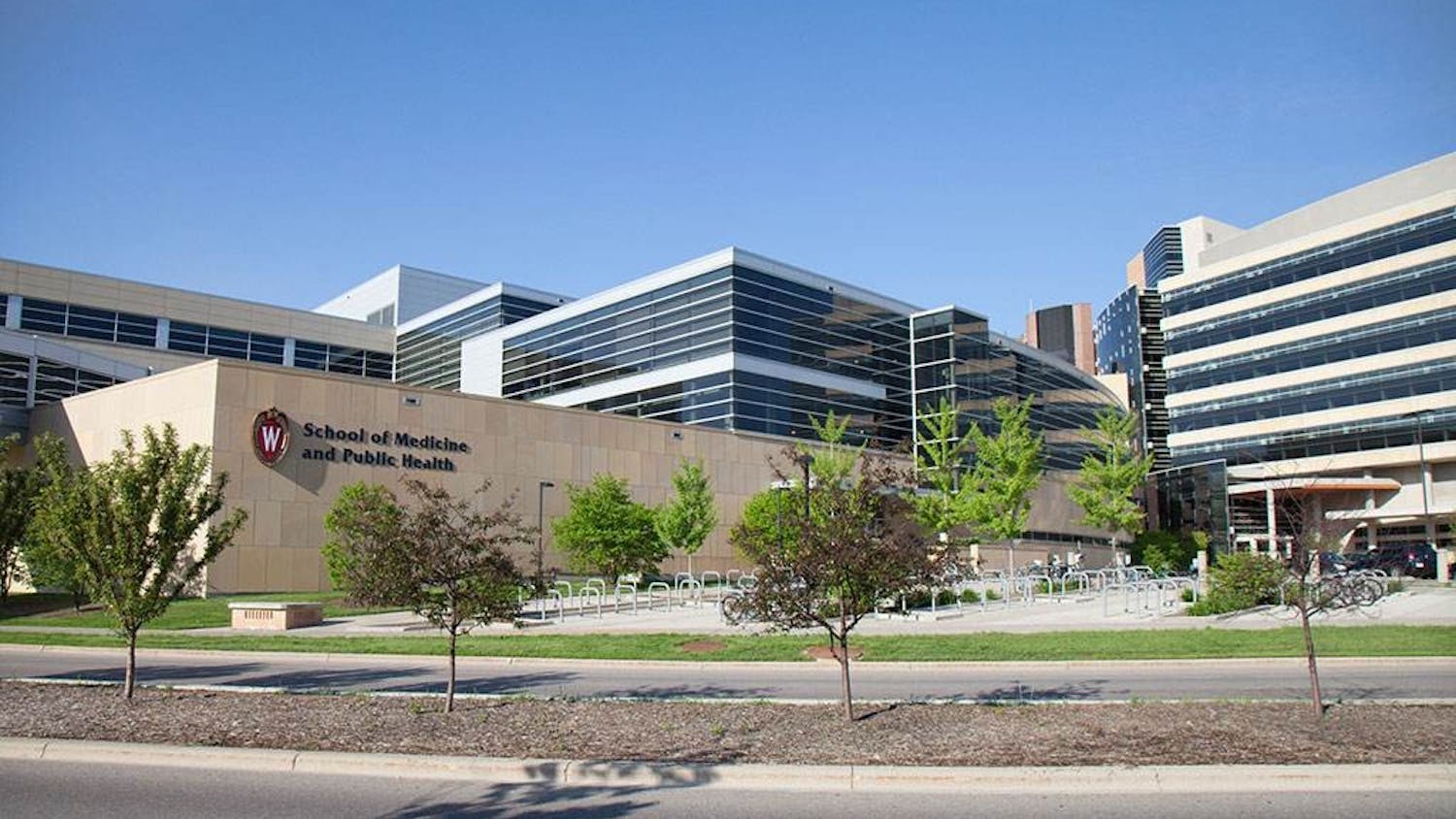Q: Is glass a liquid or a solid?
A: The answer seems obvious to anyone with a practical definition: Glass is a solid. It's rigid, and it doesn't appear to flow, so why would we possibly think it's a liquid? Well, the question stems from an urban myth.
If we look at antique windows in cathedrals, for example, the thickness at the bottom of the window appears greater than at the top, as if the glass at the top had flowed to the bottom after hundreds of years.
Professor Mark Ediger of the UW-Madison chemistry department explained this phenomenon. Depending on your time frame, glass does flow,"" in that it has a viscosity of around 10^13^ Poise. Viscosity is a measure of a fluid's resistance to flow; for example, honey (about 100 Poise) is more viscous than water (0.01 Poise).
So, is glass viscosity low enough to cause a window to bulge over centuries? Ediger referenced a 1998 article published in the American Journal of Physics stating it would take antique glass at least 10^32^ years to noticeably flow, an amount of time greater than the age of the universe (around 14 billion, or 14 x 10^9^ years).
It turns out the thickness difference in the antique glass is merely a result of the manufacturing process of windows hundreds of years ago that led to uneven thicknesses in the glass pane. The reason why this myth persists, though, is because of the nature of glass.
As a liquid transitions into a glass, it doesn't go through the same phase change we traditionally think of as freezing. For example, as water is cooled to a temperature below its melting point, it sharply transitions from a flowing liquid to a solid with a regular crystalline structure.
An amorphous solid (e.g. glass), on the other hand, is formed from a liquid that is cooled below its melting point without becoming a solid (a process called supercooling) and then further cooled until it becomes a disordered, non-crystalline, glassy solid. Interestingly, according to Ediger, ""Anything can become a glass."" In principle, if you cool any liquid fast enough, it can reach its glassy, amorphous, solid state.
Ediger's research includes modifying and improving the properties of glass. Glass made using the traditional method is thermodynamically unstable. However, Ediger's lab found that through the use of a technique called vapor deposition, they could produce glass with greatly improved thermodynamic and kinetic stability.
Ediger and his lab found that in changing the temperature of the material on which he deposited the glass (called the substrate), the glass is more durable and has a higher density than if deposited on a substrate held at room temperature. Furthermore, in using vapor deposition, these glasses can be produced in hours as opposed to the months it would take to make ordinary glass as stable.
Prof. Ediger said modifying the temperature of the substrate during vapor deposition gives manufacturers a ""giant knob"" that can change the properties of the glass to whatever is desired for their product. As a result, his research could be used in anything from more durable LED screens on your camera to more stable pharmaceutical materials.
From everyday experience we all know glasses are solid. They just aren't technically crystalline, but that's what makes glasses so interesting, their amorphous nature!
Have any questions you'd like answered? Send them to science@dailycardinal.com





